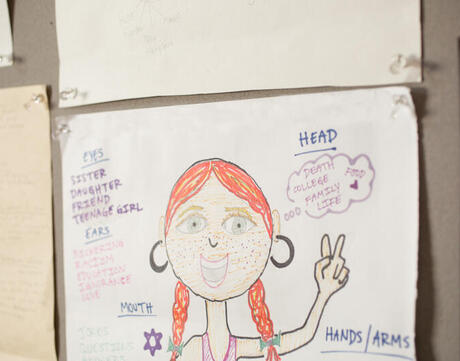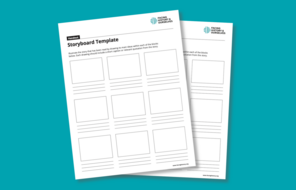
Storyboard
At a Glance
Language
English — USSubject
- English & Language Arts
- History
- Social Studies
Grade
6–12Overview
What Is a Storyboard?
The Storyboards teaching strategy helps students keep track of a narrative’s main ideas and supporting details by having them illustrate the story’s important scenes. Storyboarding can be used when texts are read aloud or when students read independently. Checking the thoroughness and accuracy of students’ storyboards is an effective way for you to evaluate reading comprehension before moving on to more analytic tasks.
Lesson Plans
How to Use Storyboards
Materials and Downloads
Quick Downloads
Download the Files
Get Files Via Google
Unlimited Access to Learning. More Added Every Month.
Facing History & Ourselves is designed for educators who want to help students explore identity, think critically, grow emotionally, act ethically, and participate in civic life. It’s hard work, so we’ve developed some go-to professional learning opportunities to help you along the way.
Exploring ELA Text Selection with Julia Torres
On-Demand

Working for Justice, Equity and Civic Agency in Our Schools: A Conversation with Clint Smith
On-Demand

Centering Student Voices to Build Community and Agency
On-Demand















